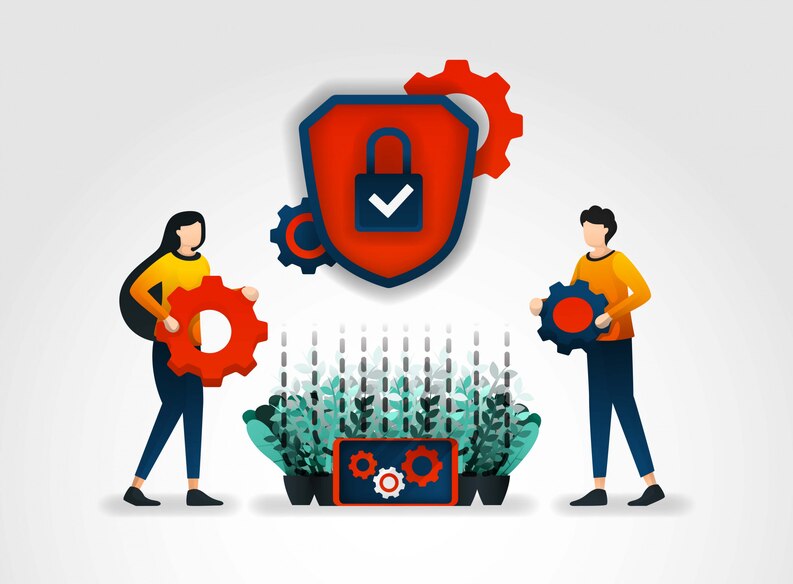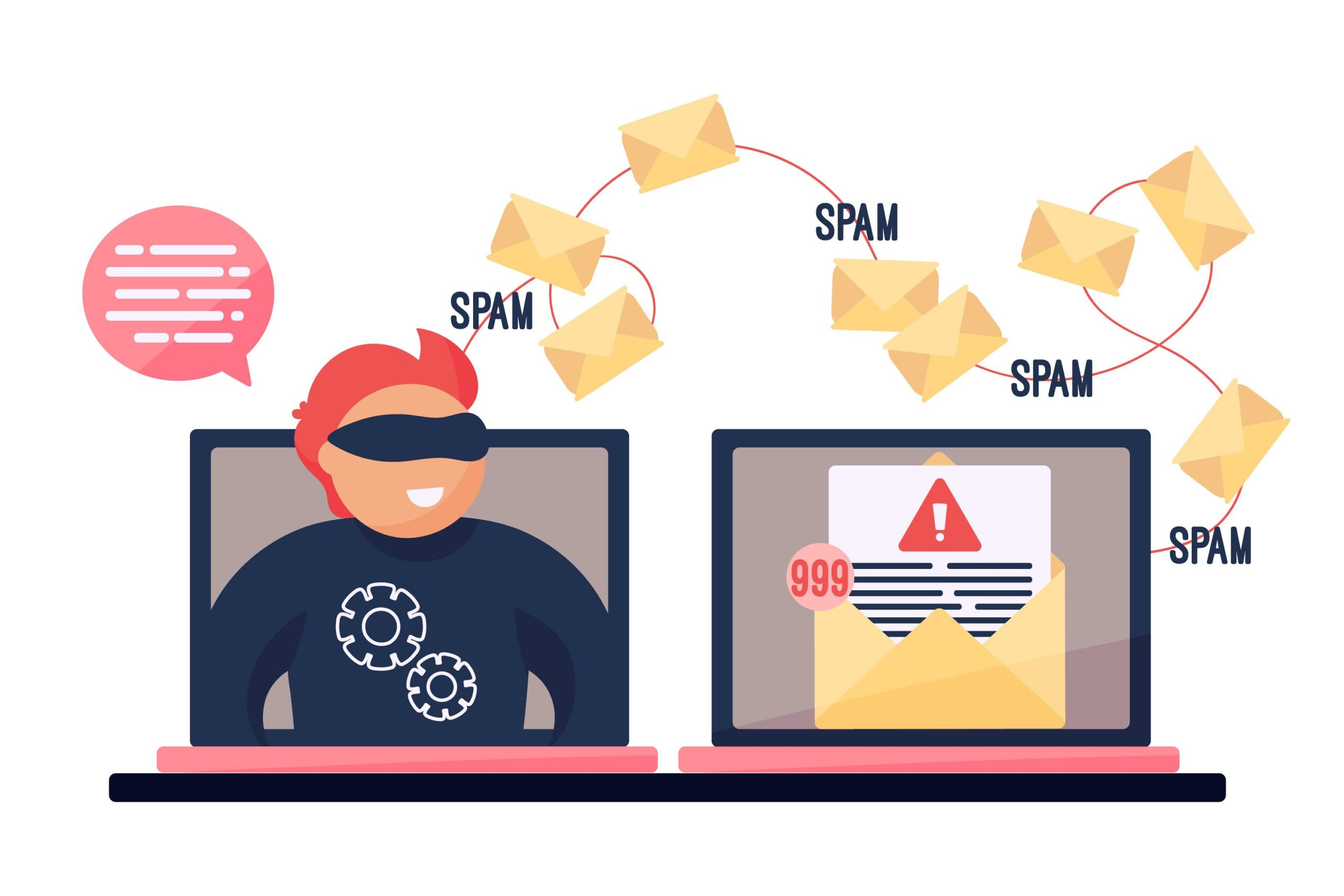Introduction
In an age of digitalization, protecting sensitive information, especially our Social Security Number (SSN), is more critical than ever. Identity thieves constantly devise sophisticated methods to exploit this personal identifier for fraud. Safeguarding your SSN privacy is vital in fortifying your online and offline security. This article will explore the best practices and tools that can help you foil identity thieves and keep your SSN safe from harm.
Understand the Importance of Your SSN
Your Social Security Number is a unique identifier various institutions use to confirm your identity and manage financial and tax-related matters. Unfortunately, this crucial information is also a prime target for identity thieves seeking to commit fraud and wreak havoc on your life. Understanding the significance of your SSN is the first step in realizing the importance of safeguarding it.
Limit SSN Sharing
One of the fundamental best practices to protect your SSN privacy is to limit its sharing. Unless it is legally required or for essential purposes like employment or tax-related matters, refrain from providing your SSN. Many businesses may request it for non-essential purposes, but it’s vital to inquire about the reasons and whether an alternative identifier can be used.
Secure Your Physical Documents
Identity thieves can strike in various ways, not just through online means. Keep physical documents containing your SSN, such as your Social Security card, passport, and financial statements, in a secure location like a locked safe or a designated drawer. Avoid carrying these documents with you unless necessary.
Strengthen Online Security
Online security is of paramount importance in today’s digital world. Use strong and unique passwords for all your online accounts, and enable two-factor authentication whenever possible. Regularly update your passwords and avoid using easily guessable information like your birthdate or SSN.
Be Cautious with Social Media
Identity thieves frequently conduct background check to extract personal information from social media profiles. Be cautious about the information you share online, and avoid posting your SSN, birthdate, or other sensitive data. Adjust your privacy settings to limit access to your profile and lead to trusted individuals only.
Be Wary of Phishing Attempts
Phishing is a common tactic used by cybercriminals to trick individuals into revealing sensitive information. Be vigilant when responding to emails or phone calls asking for your SSN. Legitimate organizations won’t ask for such information via email or text, so always verify the source before providing any details.
Regularly Monitor Your Financial Accounts
Frequently monitoring your financial accounts can help you detect any suspicious activities promptly. Set up alerts for any changes or transactions on your accounts. If you notice any unauthorized activities, contact your financial institution immediately to report and address the issue.
Invest in Identity Theft Protection Services
Consider investing in identity theft protection services that monitor your personal information across various platforms and alert you to potential threats. These services often provide real-time notifications about suspicious activities associated with your SSN and other personal data.
Shared Unwanted Documents
Before disposing of any physical documents containing your SSN or other sensitive information, ensure they are properly shredded. Dumpster diving is common among identity thieves, and shredding documents can prevent them from gaining access to your personal data.
Freeze Your Credit
A credit freeze on your accounts can add more protection against identity theft. A credit freeze restricts access to your credit report, making it challenging for fraudsters to open new accounts in your name. Should you need to apply for credit, you can temporarily lift the freeze using a PIN provided by the credit reporting agency.
Conclusion
Protecting your SSN privacy is a responsibility that we should all take seriously. By implementing these best practices and utilizing the available tools and resources, you can significantly reduce the risk of identity theft. Be proactive in safeguarding your personal information, both online and offline, and stay informed about the latest security measures to keep ahead of potential threats. Together, we can create a safer digital environment for ourselves and others.




































